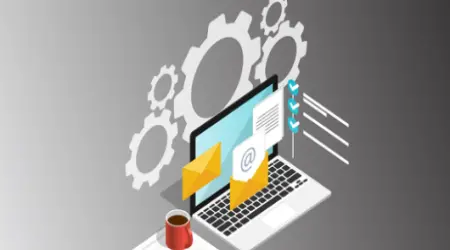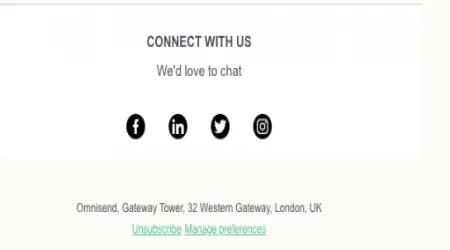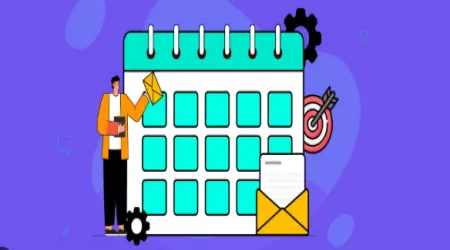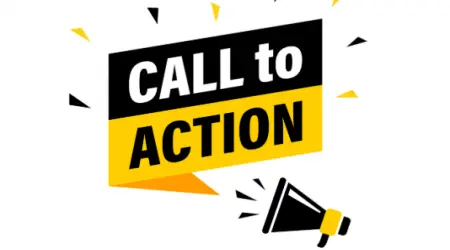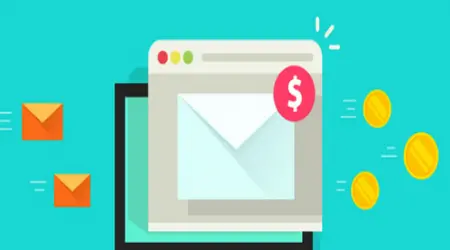

Creating Effective Re-engagement Email Campaigns
Creating Effective Re-engagement Email Campaigns
Not every subscriber stays active forever. In fact, over time, a significant portion of your email list will stop opening, clicking, or engaging with your emails.
That’s where re-engagement campaigns come in.
These targeted email sequences aim to win back inactive subscribers, reignite interest, and either bring them back—or clean your list of the truly unengaged.
In this article, you’ll learn how to create re-engagement email campaigns that reduce churn, increase deliverability, and revive lost opportunities.
1. Why Re-engagement Campaigns Matter
Inactive subscribers:
Lower your open and click rates
Hurt your sender reputation and deliverability
Waste money if you're charged per subscriber
Represent missed revenue opportunities
By reactivating even a small percentage, you improve performance and make better use of your list.
2. Define What “Inactive” Means
Every business defines inactivity differently.
You might consider a subscriber inactive if they haven’t:
Opened or clicked any email in 60, 90, or 180 days
Engaged after a certain number of campaigns
Made a purchase or visited your site recently
Choose a definition based on your average email frequency and business model.
3. Segment Your Inactive Subscribers
Before sending a re-engagement campaign, segment your audience.
Create groups like:
Subscribers inactive for 60–90 days
Subscribers who previously purchased but are now disengaged
Subscribers who never engaged from the start
Segmenting allows for personalized messaging and better results.
4. Craft a Multi-Step Re-engagement Sequence
Rather than sending one email and giving up, build a sequence (3–5 emails) over 1–2 weeks.
Sample Flow:
Reminder Email: “Still Interested?”
Value Email: “Here’s what you’ve missed”
Offer Email: “We’d love to have you back—enjoy 10% off”
Feedback Email: “Tell us how we can improve”
Final Notice: “We’ll unsubscribe you soon if we don’t hear from you”
Each email should give them a chance to click, reply, or opt back in.
5. Make Your Subject Lines Stand Out
You’re trying to grab attention from someone who hasn’t opened your emails in a while.
Use subject lines that:
Ask a question (“Still want to hear from us?”)
Create curiosity (“Is this goodbye?”)
Offer value (“Unlock your loyalty discount”)
Are emotionally engaging (“We miss you 😢”)
Avoid spammy or aggressive language—be authentic and personal.
6. Remind Them of the Value You Provide
Highlight what they’ve been missing:
Popular blog posts
New product launches
Free resources
Member-only perks
Make them feel like they’re missing out by staying inactive.
7. Offer a Meaningful Incentive
If appropriate, use a one-time offer to sweeten the deal:
A discount code
Free shipping
Bonus content or downloadable resource
Be clear this is only for returning subscribers—and time-sensitive.
8. Ask for Feedback
Sometimes, people stop engaging because your emails don’t match their interests anymore.
Ask:
“What do you want to hear more about?”
“How can we do better?”
“Choose your preferences” with a link to a preference center
Even if they don’t stay, the insights can improve future campaigns.
9. Make It Easy to Opt Out
Let them unsubscribe easily—and be graceful about it.
Why?
It improves deliverability
Keeps your list healthy
Respects the user’s choice
Being respectful builds long-term brand goodwill, even if they leave.
10. Track and Analyze Performance
Measure key metrics:
Open and click rates
Reactivation (did they engage again?)
Unsubscribes
Revenue recovered (if applicable)
Use these insights to refine your future re-engagement efforts.
11. What to Do With Unengaged Subscribers
If someone still doesn’t respond after the full sequence, it’s time to remove them.
Before deleting:
Send one final notice: “This is the last email unless you opt in”
Tag them accordingly for future re-targeting via ads (if you do cross-channel)
A clean list equals better performance across the board.
12. Tools to Help Automate Re-engagement
Popular email platforms with automation and segmentation features:
Mailchimp
ActiveCampaign
ConvertKit
Drip
Klaviyo
HubSpot
Use automation rules to trigger campaigns based on inactivity metrics.
Final Thoughts: Don’t Let Disengagement Go Unanswered
Re-engagement campaigns are not about begging—it’s about listening, learning, and offering value again.
Even if many don’t return, the effort helps you reconnect with your best subscribers, improve deliverability, and clean up your list.
Treat disengaged users with respect, empathy, and creativity—and you’ll be surprised how many come back.
